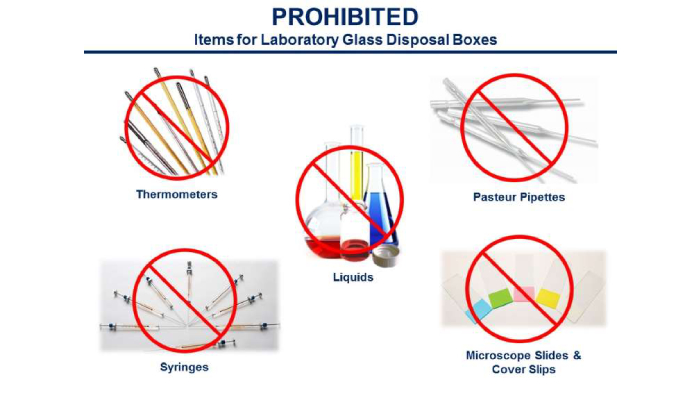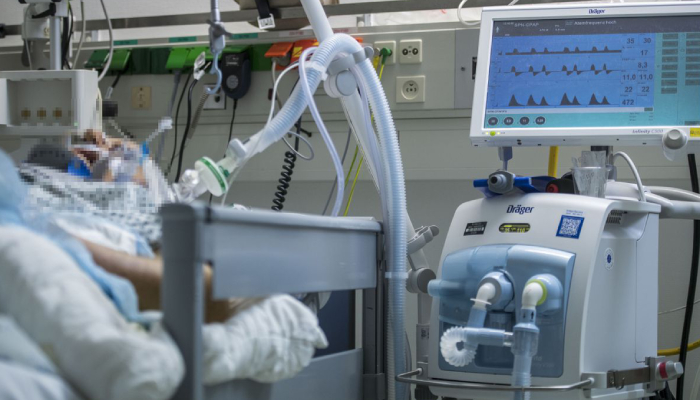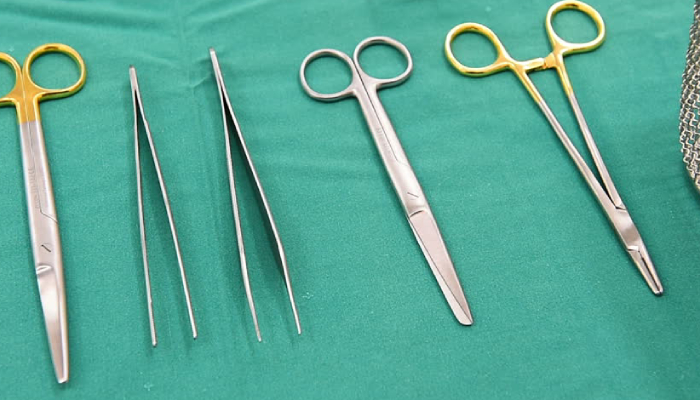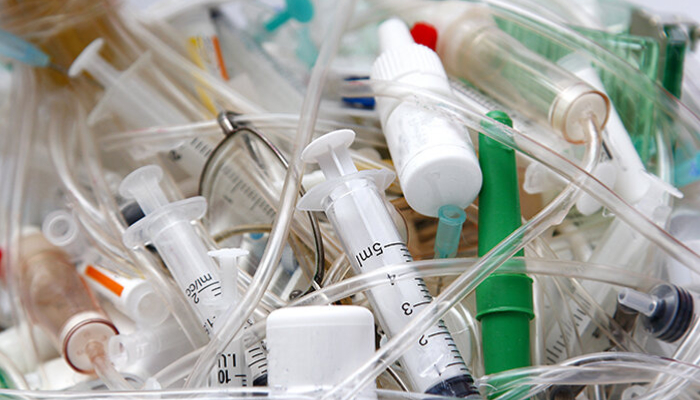The 101 On Hospital Waste Management Process You Need!

4 Basic Steps To Hospital Inventory Management Process
February 14, 2020
How To Implement A Hospital Risk Management Process
February 18, 2020First, Collect And Segregate Waste
The hospital waste management process is rather complex, irrespective of the size of the healthcare organisation. So, it can have plenty of room for mistakes. That’s why it is important to understand the three primary stages of medical waste removal.
.The first step and the best practice for waste removal begins at the point where it is generated. This lessens the risk of waste material spilling while it is transported from the site of generation to the collection point. For instance, it is impractical to carry a bloody gauze from the patient’s bedside to a bin far away.
.Therefore, the collection has to be done right where any waste is created. Once it is collected, it has to be segregated based on these 8 fundamental categories:
- All paperwork, packaging materials, food waste, and such material go into general waste.
- Waste from radiotherapy or the lab and all contaminated glassware should go into radioactive waste.
- Every unused expired or contaminated medication has to be collected in a pharmaceutical waste bin.
- All sharp equipment such as scalpels, needles, and scissors go in one bin.
- All organs, tissues and body parts go into pathological waste.
- Any item capable of transmitting an infection has to be sent to infectious waste.
- Cleaning agents, lab reagents and all such similar chemicals are segregated into chemical waste.
- All pressurised containers like cylinders with pressurised gas go in another bin.
Read More About : Medical Wastes: Effective Hospital Waste Management Process
Second, Store And Transport
- After segregation, the next step in the hospital waste management process is to determine which waste can be reused or disposed on-site and which requires a medical waste removal provider. In most cases, the waste has to be stored until it is bulky enough to be processed. The storage area should not be accessible to the regular public.
- When it comes to transporting the medical waste, the containers have to be chosen carefully to ensure no spills occur. In addition, medical waste should only be dumped in places regulated for it and not just anywhere random.
Finally, Treat and Dispose of.
- The last stage of a hospital waste management process is to treat it for decontamination. The most common approach is incineration, and it is used on and off-site. In some cases, it is used only for treating and in others to treat and dispose of. Autoclaving, irradiative and enzyme treatment are three other ways to decontaminate waste. For liquid waste, chemical treatment is utilised. The last stage of the hospital waste management process is to discard the decontaminated waste in a land-fill.
These were the three main stages of a hospital waste management process that every medical centre should follow to the T.




